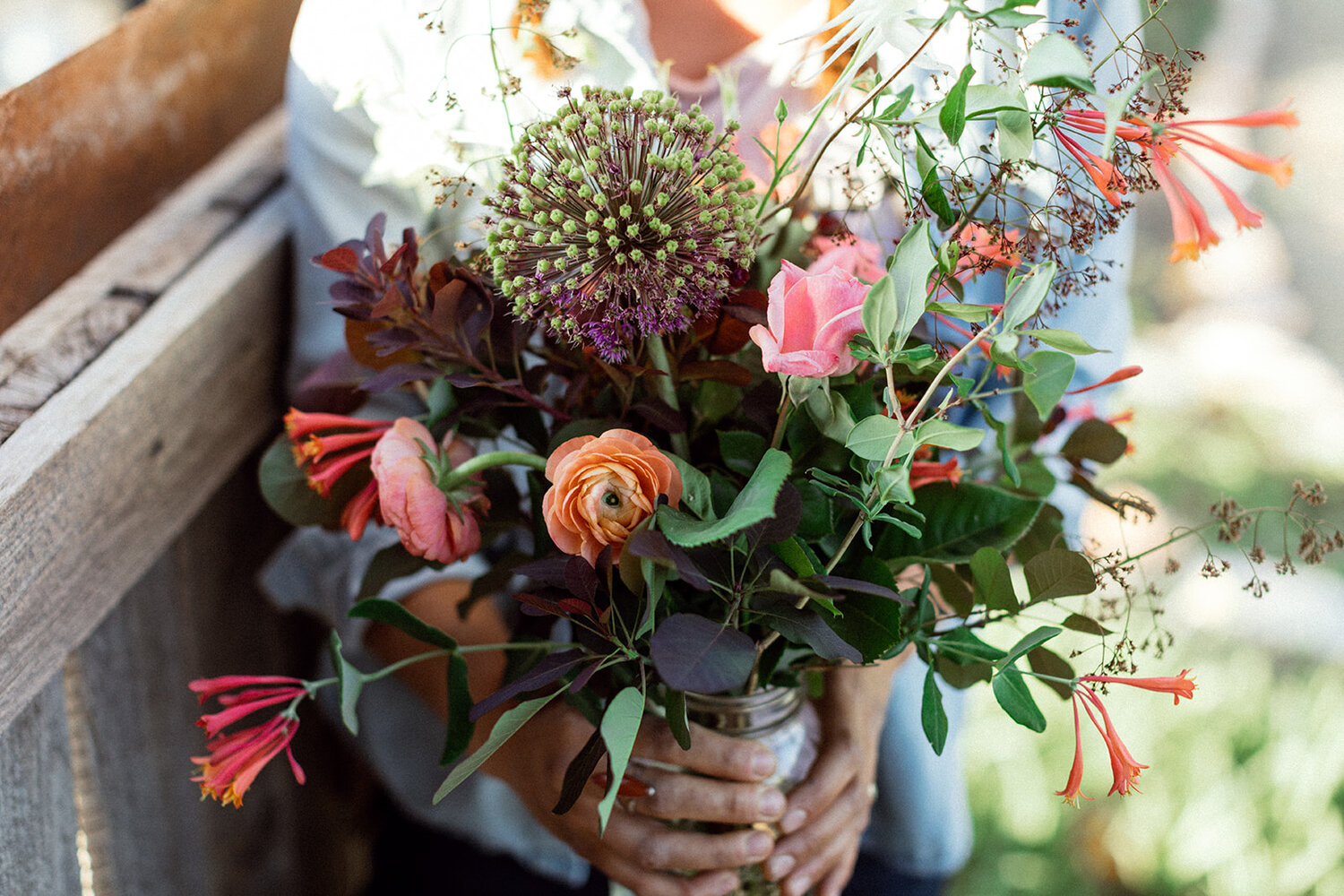Some information may be outdated.
Moab is an oasis in the desert, and for some, gardening here is a lifestyle choice. The Moab Sun News chatted with a few of our town’s local gardeners to collect tips for a productive gardening season: keep up with the garden advice series all month long.
Jess Oldham, Farm Yard
Jess Oldham runs Farm Yard, a flower microfarm and garden consultation business. When asked about her best advice, she said she’s been thinking about this question a lot, especially with an overwhelming amount of information available online. How do you weed through, she said, pun intended, what works and what doesn’t?
“Maybe this is a bit vague, but here’s my tip: The best thing you can do for your garden is to spend time with it. My friend and mentor taught me the Japanese proverb ‘the best fertilizer is the footsteps of the farmer.’”
“Sometimes we get sucked into the never-ending tidbits provided on the internet for gardening, but if you listen, the plants and soil will tell you what they need. I have found that this observation is the most important thing you can do to have a successful garden. Even if it’s only for 10 minutes, visit your garden daily. Pests can show up one night that weren’t there yesterday and are easier to control before multiplying and wreaking havoc. Your irrigation can have an issue or not be enough or too much. Plants will respond and tell you. A yellowing plant that was fine yesterday will suggest your soil needs some love: try mulching or shading or doing a soil test and watch how your plants respond to your actions. Touch the plants, sing to them, tell them they are doing great. The reciprocity you will receive from having your hands in the dirt with all those good microorganisms will literally make you happier.”
Shiree Duncan, Moab Grown
Shiree Duncan and Utah State University’s Roslyn McCann run Moab Grown, an organization that connects local farmers with the community. Duncan said something she’s been focusing on this year is breaking up her garden into priority areas, so the space doesn’t feel overwhelming.
“High priority areas are those areas you will see each and every day; the front door, pathway to and from your bike/vehicle, the path you take to get the mail and take out the garbage. Other pathways and garden areas that you use daily or see often are the highest priority. These areas can then be broken down into even more manageable zones. As a person walks to and fro, they usually notice things about two feet extended from their feet and body and notice things at the ground level up to their body height. Using the front door area as an example, maintain the area from the door, out to about two feet and manage any plants that are from the ground up to about six feet. And tah-dah! You will notice that walking into your front door becomes an enjoyable experience as what you “see” is maintained and weed-free. Then as time goes on this two-foot border can become three then four feet, growing your maintained space at a reasonable rate.”
“Another way to achieve this is to purposely create borders around your high-priority areas. This can be achieved by using cardboard and wood chips, weed wacking, etc. The purpose of this is to create a barrier from the unmaintained (weed pressure) to the maintained (where weeds are not allowed to go to seed and over time will be significantly less weedy).”
“Overall, prioritizing areas and breaking up the garden and landscape into zones creates less work over time, less stress, and more beautiful areas that grow in size as well!”
Keep an eye out for next week’s edition of the Moab Sun News, which will feature advice from Tricia Scott, who runs the Moab Garden Club, and Rhonda Gotway Clyde, owner of Easy Bee Farm.
Appreciate the coverage? Help keep local news alive.
Chip in to support the Moab Sun News.





